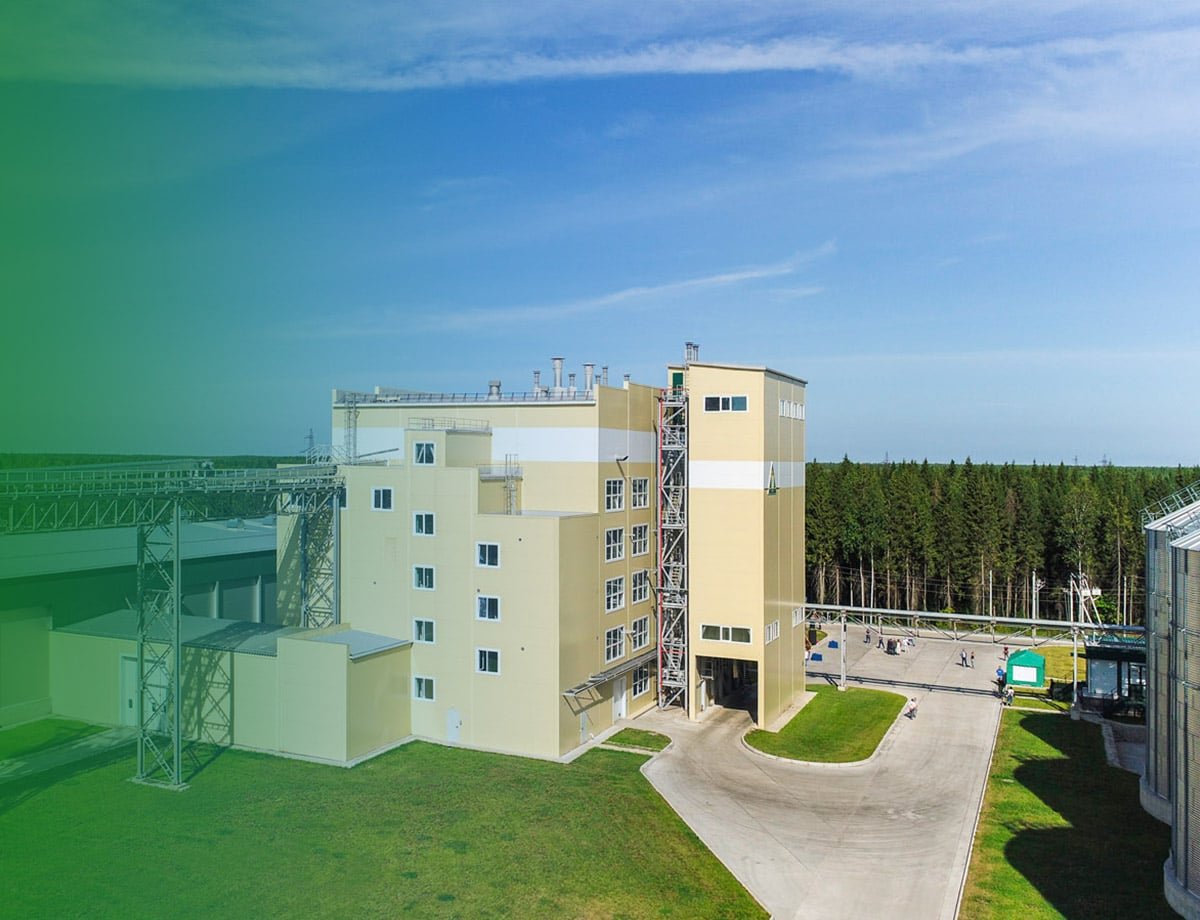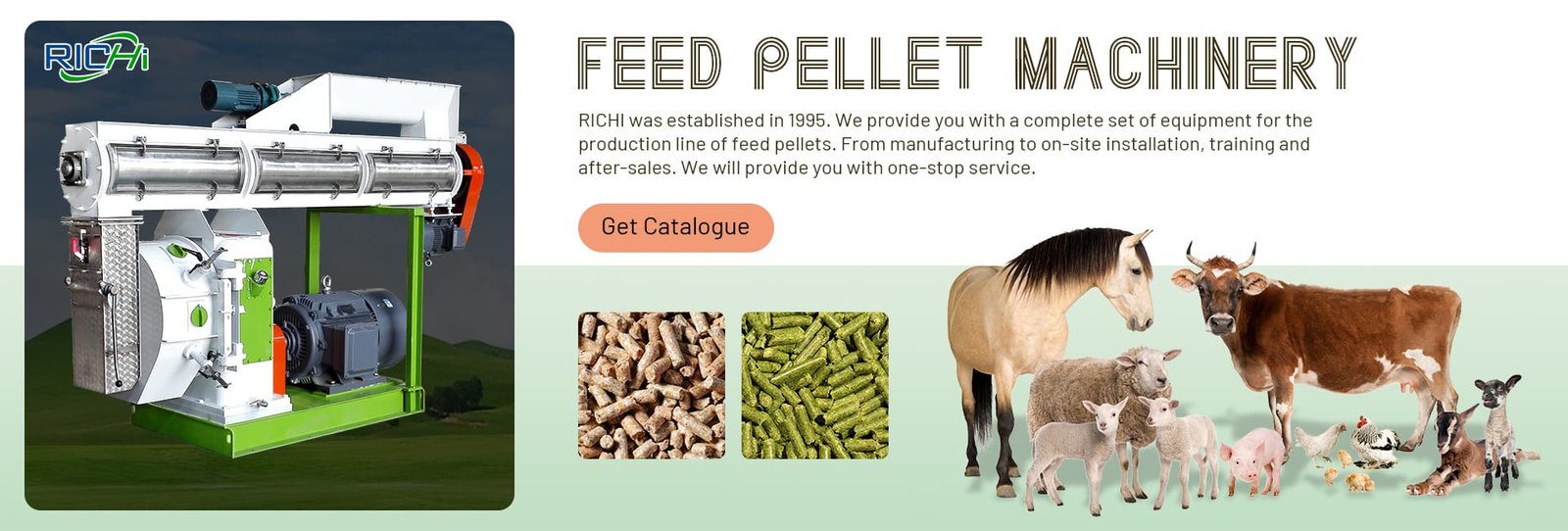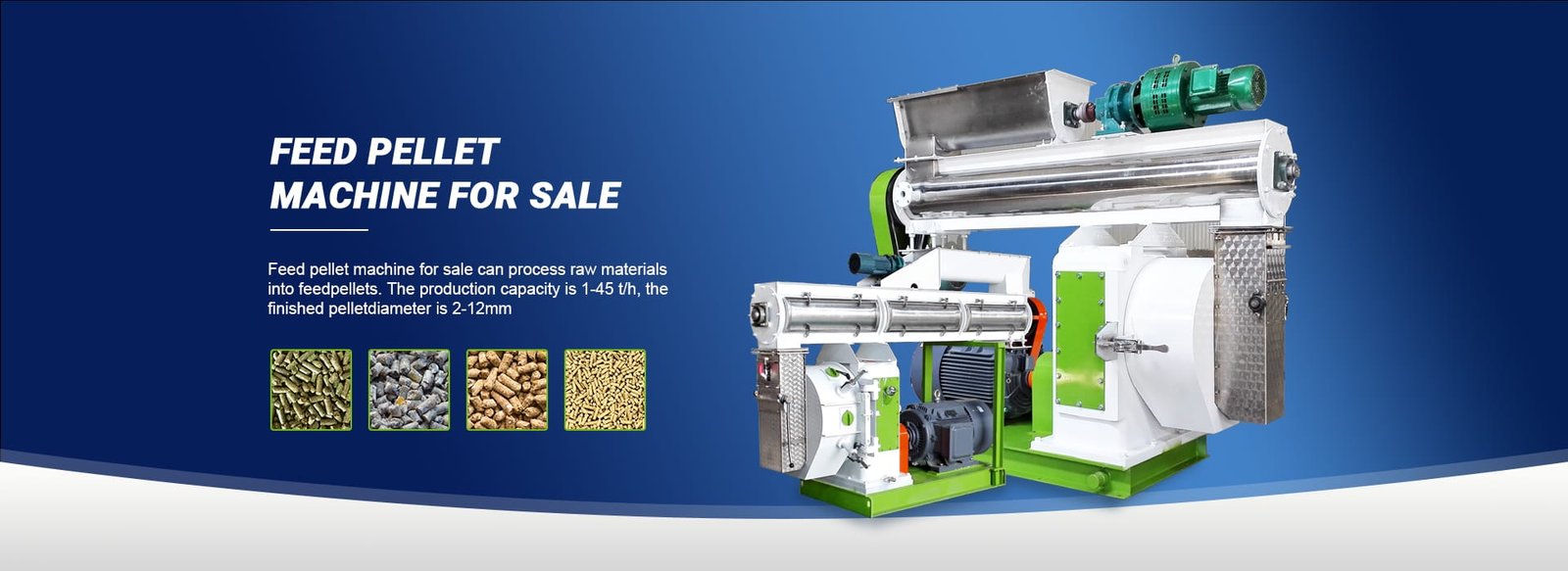Livestock feed pellet machines are versatile pieces of equipment designed to process a wide variety of feed ingredients into compact, easily digestible pellets. As the demand for efficient and nutritious animal feed continues to grow, many farmers and feed manufacturers are exploring the possibility of producing silage pellets. This article examines whether livestock feed pellet machines can effectively process silage into pellets, the challenges involved, and the potential benefits of silage pelletization.
Understanding Silage and Silage Pellets
Before delving into the capabilities of livestock feed pellet machines, it’s important to understand what silage is and why pelletizing it might be beneficial:
- Silage is fermented, high-moisture fodder typically made from grass crops such as corn, sorghum, or other cereals.
- Traditional silage is stored in silos or wrapped in plastic to maintain anaerobic conditions for fermentation.
- Silage pellets are a compressed form of silage, offering potential benefits in terms of storage, transportation, and feeding efficiency.
Challenges in Processing Silage with Livestock Feed Pellet Machines
While livestock feed pellet machines are adaptable, processing silage into pellets presents several unique challenges:
- Moisture Content:
- Traditional silage has a high moisture content (typically 60-70%), which is significantly higher than the optimal moisture level for pelletizing (usually 15-18%).
- Excessive moisture can lead to clogging in the pellet die and poor pellet formation.
- Fiber Length:
- Silage often contains long fibers, which can be difficult for standard pellet machines to process effectively.
- Long fibers may not bind well in pellets, leading to poor durability.
- Nutrient Preservation:
- The heat generated during the pelletizing process could potentially degrade some of the beneficial nutrients and bacteria present in silage.
- Fermentation Characteristics:
- The fermentation process that makes silage valuable might be disrupted by the pelletizing process, potentially altering its nutritional profile.
- Equipment Wear:
- The high moisture and acidity of silage can lead to increased wear on pellet machine components.
Related post:livestock feed production line
Potential Solutions and Adaptations
Despite these challenges, with proper adaptations and pre-processing, livestock feed pellet machines may be able to process silage into pellets:
- Pre-drying:
- Implementing a pre-drying step to reduce moisture content before pelletizing can significantly improve the process.
- This could involve partial field wilting or mechanical dewatering.
- Mixing with Dry Ingredients:
- Blending silage with drier feed ingredients can help achieve an optimal moisture content for pelletizing.
- This approach can also create a more balanced feed product.
- Chopping and Grinding:
- Using specialized equipment to chop and grind silage before pelletizing can address the issue of long fibers.
- Finer particles will bind more effectively in the pelletizing process.
- Die and Roller Modifications:
- Using dies with larger hole diameters and shorter land lengths may facilitate better processing of silage material.
- Adjusting roller pressure and speed can help accommodate the unique characteristics of silage.
- Temperature Control:
- Implementing more precise temperature control during the pelletizing process can help preserve beneficial nutrients and bacteria.
- This might involve using cooler conditioning temperatures or shorter retention times in the pellet die.
- Corrosion-Resistant Materials:
- Using corrosion-resistant materials for critical components can help mitigate the wear caused by silage acidity.
Potential Benefits of Silage Pellets
If the challenges of processing silage with livestock feed pellet machines can be overcome, there are several potential benefits to producing silage pellets:
- Improved Storage and Transportation:
- Pelletized silage takes up less space and is easier to transport than traditional silage.
- Pellets can be stored for longer periods without significant degradation.
- Reduced Waste:
- Pelletized silage is less prone to spoilage and waste compared to traditional silage storage methods.
- Precise Feeding:
- Silage pellets allow for more accurate portioning and mixing with other feed ingredients.
- Versatility:
- Pelletized silage could be more easily incorporated into total mixed rations (TMR) or used as a standalone feed.
- Potential for Value-Added Products:
- Silage pellets could be fortified with additional nutrients or additives, creating premium feed products.
Case Studies and Research
While the use of standard livestock feed pellet machines for silage pelletization is not widespread, some research and development in this area have shown promise:
- A study conducted at a European agricultural university demonstrated that silage could be successfully pelletized after reducing moisture content to around 25-30% and mixing with dry ingredients.
- An agricultural equipment manufacturer in North America has developed a specialized “wet pellet” machine designed to handle higher moisture content materials, including partially dried silage.
- Some innovative farmers have reported success in creating silage-based pellets by blending partially dried silage with dry hay or straw before pelletizing.
Considerations for Feed Mills and Farmers
For feed mills and farmers considering the production of silage pellets using livestock feed pellet machines, several factors should be considered:
- Equipment Investment:
- Additional pre-processing equipment may be necessary, such as dryers or specialized choppers.
- Modifications to existing pellet machines might be required.
- Energy Costs:
- The drying process for high-moisture silage can be energy-intensive, potentially impacting production costs.
- Product Testing:
- Extensive testing would be necessary to ensure the nutritional quality and safety of silage pellets.
- Market Demand:
- Assessing the potential market for silage pellets in your region is crucial before investing in production capabilities.
- Regulatory Compliance:
- Ensuring that silage pellet production meets all relevant feed safety regulations is essential.
Conclusion
While standard livestock feed pellet machines face significant challenges in processing silage into pellets, with proper adaptations and pre-processing, it may be possible to produce silage-based pellets. The potential benefits of silage pelletization, including improved storage, transportation, and feeding efficiency, make it an area worthy of further research and development.
For feed manufacturers and farmers interested in silage pelletization, a cautious approach involving thorough research, equipment testing, and product evaluation is recommended.
Collaboration with agricultural engineers and nutritionists could help in developing effective methods for producing high-quality silage pellets using adapted livestock feed pellet machines.
As the demand for efficient and sustainable animal feed solutions continues to grow, innovations in processing methods, including the potential for silage pelletization, will likely play an increasingly important role in the livestock feed industry. While challenges remain, the possibility of effectively pelletizing silage represents an exciting frontier in feed production technology.










